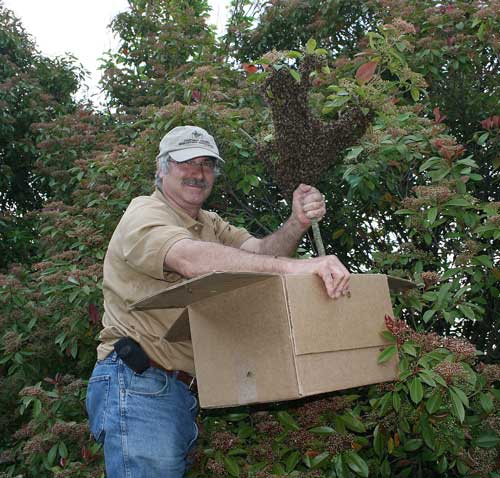Farm Photo: Bees Coming and Going!
go.ncsu.edu/readext?170555
en Español / em Português
El inglés es el idioma de control de esta página. En la medida en que haya algún conflicto entre la traducción al inglés y la traducción, el inglés prevalece.
Al hacer clic en el enlace de traducción se activa un servicio de traducción gratuito para convertir la página al español. Al igual que con cualquier traducción por Internet, la conversión no es sensible al contexto y puede que no traduzca el texto en su significado original. NC State Extension no garantiza la exactitud del texto traducido. Por favor, tenga en cuenta que algunas aplicaciones y/o servicios pueden no funcionar como se espera cuando se traducen.
Português
Inglês é o idioma de controle desta página. Na medida que haja algum conflito entre o texto original em Inglês e a tradução, o Inglês prevalece.
Ao clicar no link de tradução, um serviço gratuito de tradução será ativado para converter a página para o Português. Como em qualquer tradução pela internet, a conversão não é sensivel ao contexto e pode não ocorrer a tradução para o significado orginal. O serviço de Extensão da Carolina do Norte (NC State Extension) não garante a exatidão do texto traduzido. Por favor, observe que algumas funções ou serviços podem não funcionar como esperado após a tradução.
English
English is the controlling language of this page. To the extent there is any conflict between the English text and the translation, English controls.
Clicking on the translation link activates a free translation service to convert the page to Spanish. As with any Internet translation, the conversion is not context-sensitive and may not translate the text to its original meaning. NC State Extension does not guarantee the accuracy of the translated text. Please note that some applications and/or services may not function as expected when translated.
Collapse ▲April 12, 2008
Photos by Debbie Roos, Agricultural Extension Agent.
Bees Going:
From Hive to Bush
Honey bees often swarm in the spring and early summer when their population increases rapidly and conditions inside the hive become too crowded. Prior to swarming, the bees will gorge on honey to fuel their flight. Then the queen and half the bees will take off in search of new digs. But before the swarm makes it too far from the hive it will take up temporary residence on something nearby – a bush, a tree branch, a picnic table, a fence, etc. – clustered together with the queen inside. The cluster of bees will stay put for a few hours up to a few days while scout bees search for a new home.
From the beekeeper’s perspective, swarming is considered something to avoid because it drastically reduces the number of bees available to make honey. Some beekeepers who aren’t as interested in harvesting honey but keep bees more for pollination services may view swarming as a helpful self-thinning event. But if the swarm leaves later in the year it can leave behind a colony too weak to make it through the winter. Ideally beekeepers try to prevent swarms.
We are heavy into the swarm season now, and for many beekeepers it’s a great way to get free bees! You just need to keep extra equipment on hand to be ready to capture the swarm.
If you observe a swarm on your property and would like someone to come get it you can contact Cooperative Extension at 919-542-8202 or email Debbie Roos and we will put the word out on the Chatham County Beekeepers’ Association listserv. Usually within a few hours the swarm is captured!





Capturing a Honey Bee Swarm










